Peek in my closet and you’ll see a row of identical Lacoste polo shirts in every color of the rainbow. Every morning, I grab a shirt, a pair of jeans, and I’m ready to go. I barely have to open my eyes.
It seems my “life uniform” also puts me in good company. Mark Zuckerberg, Microsoft’s Scott Guthrie, PR maven Kelly Cutrone, and even Barack Obama often sport the same outfit, day after day.
Hey, if it’s good enough for Obama, it’s definitely good enough for me — and science backs us both up.
As author John Tierney explains, humans are hardwired to feel decision fatigue when we face too many choices:
“Decision fatigue helps explain why ordinarily sensible people get angry at colleagues and families, splurge on clothes, buy junk food at the supermarket and can’t resist the dealer’s offer to rustproof their new car.
No matter how rational and high-minded you try to be, you can’t make decision after decision without paying a biological price.”
The more choices you make throughout the day, says Tierney, the more your brain seeks one of two shortcuts: either you become reckless and act impulsively, or you do nothing at all. You decide not to decide.
As the founder of Jotform, a company with over 100 employees and 3.5 million users, I can’t afford to make reckless choices, nor do I want to feel paralyzed by indecision. I imagine you feel the same way.
Reducing the number of decisions in your day is one way to preserve precious brain power.
Creating systems for life’s less critical choices (like what to eat and wear) also opens more space for the important stuff.
With light-speed technical changes and limitless information at our fingertips, making smart decisions has never been more important. It’s an essential skill. Good decision-making can help you to work better, manage stress, avoid burnout, and live a happier and healthier life.
So many decisions, so little time
Making decisions doesn’t seem like something that requires practice.
After all, we make them constantly: Do you want chocolate or vanilla? A trip to Italy or Iceland? Will you pick candidate A or B?
The first choice has low stakes. And both Italy and Iceland are potentially great destinations. But once there’s more on the line, your decisions matter — a lot.
We typically see ourselves as logical, rational people who can think through any challenge (and that’s often true), but our minds are far from perfect.
We are psychologically susceptible to making a whole range of mental errors, from anchoring to confirmation bias to loss aversion.
A recent Business Insider story by Shana Lebowitz and Samantha Lee illustrates a whopping 20 different cognitive biases that prevent us from making accurate, healthy and helpful decisions. There are probably more ways to blur our choices, but this can quickly become a depressing exercise.
Instead, I want to talk about solutions.
Let’s go back to decision fatigue, which is also called choice overload, or its social media-driven cousin, FOMO (fear of missing out).
You can actually fight the fatigue by settling for good enough. This might feel like blasphemous advice in the 24/7-hustle-and-grind startup world, but it’s a powerful technique.
In a story about psychologist Barry Schwartz, author Olga Khazan writes:
“If you ever aren’t sure if you attended the very best party or bought the very best computer, just settle for ‘good enough.’
People who do this are called ‘satisficers,’ and they’re consistently happier, [Schwartz has] found, than are ‘maximizers,’ people who feel that they must choose the very best possible option.”
I also apply this advice to my business.
Jotform plays in a hyper-competitive market where even Google has stepped into the ring.
It would be easy to get caught up in FOMO, feature-matching and industry trends, but we’ve chosen to stay in our lane and focus deeply on our customers.
We do our very best for them and that’s good enough — this decision to focus on the customer (not the competition) also brought us over 1 million new signups in a year.
I don’t worry about hitting the top of TechCrunch, networking in Silicon Valley, or attracting investors to my bootstrapped firm, either.
It’s not that these aren’t valuable things, or smart goals for other founders, but I make my choices and move on. I’m more than satisfied with my business and my life.
Not all decisions are created equal
As the chocolate/vanilla and candidate A/B example highlighted, not all decisions are the same.
As the chocolate/vanilla and candidate A/B example highlighted, not all decisions are the same.
Some can be put on autopilot (like what shirt to wear), while others demand real time and attention.
Partnering up (in life and business), hiring employees, and choosing a career path, for example, deserve your cognitive energy.
In response, you can categorize your choices into small, medium and big decisions. Be playful or systematic with the small ones. Then, apply your best thinking and use your personal values as a guide for the big stuff.
Choose fast, choose well
In a 2017 letter to Amazon shareholders, CEO Jeff Bezos said he believes in making “high-quality, high-velocity decisions.”
The key, according to Bezos, is to gather just enough information. Aim to have 70% of the data you need instead of a near-certain 90%.
Upstart founder Dave Girouard also calls speed “the ultimate weapon in business.” He believes that when a decision is made matters more than what decision is made. Choosing quickly is a habit you can develop and strengthen.
But how do you actually make faster decisions?
Gathering a Goldilocks-level of data (not too little, not too much, but just the right amount) is one tactic, but there are other ways to speed up your choices, while still choosing well.
Here are the techniques that my team and I apply on a regular basis.
1. Negative visualization
Imagining the worst-case scenario can clarify your choice. This is a technique I learned from the ancient philosophy of Stoicism.
For example, maybe you’re going to jaywalk across a busy street. Worst case? You could be struck by a car. In this situation, it’s probably worth walking to the marked crossing.
The key is to visualize major problems before they happen, then work backward to make a strong choice.
2. Weigh the impact
If you’re choosing between two options, which holds greater weight?
Does one present a higher capacity for success or failure? This isn’t about categorizing decisions; it’s about categorizing choices.
Sometimes your choices aren’t created equal. Road A could lead you to a massive profit increase, while road B ultimately has a 10% cap.
This is also a moment to consider your data. Do you have enough information to make the choice? If not, keep learning — but stop at Bezos’ optimal 70%.
3. What are the next steps?
Chess is a game of skill and strategy. Great players not only consider what their opponents might do, but they also imagine all possible paths through the board.
The same technique can be applied to decision-making.
Think beyond the immediate future to days, weeks, months, and even years down the road. Consider where each choice will lead.
4. Make lists
You’ve heard this advice before, but it persists for a reason. Get out of your head and put your thoughts down on paper.
Write out the pros and cons. Or do a full brain dump of all your options. List everything that comes to mind. Then, strike out any choices that don’t make sense.
If you’re lucky, you’ll be left with one smart option. Even if you can whittle the choices down to 2 or 3, you’re making great progress.
5. Go small
When you’re facing a tough choice, ask yourself, “what’s the smallest possible decision I could make?”
Maybe you’re considering a move to New York, but you’ve never been there before. Don’t make such a big leap. Start with a four-day trip and take it from there.
We often use the “small decisions” tactic at Jotform. For example, we’re currently redesigning our homepage. Instead of mocking up 12 options, the team created three new versions that visitors see at random.
We measure how each new version converts and compare it to our current homepage. Soon we’ll know which design to choose — or if we should leave it as-is. Easy.
6. Do some (careful) crowdsourcing
Gathering advice can be invaluable. I often talk through big decisions with my team members.
Sometimes I’ll even pretend that the decision is made in order to gauge their reactions. I know the final choice rests with me, but different perspectives open my eyes.
Just be careful who you consult — and don’t be swayed into a choice that doesn’t work for you.
Stay in the moment
Not to get all Zen here, but we only have the present moment. You can think through possibilities, visualize the future, and imagine negative consequences, yet now is what matters.
Now is where you do the work and live your life. Today is your opportunity.
That’s why every morning, I ask myself:
Are we trying to get better today?
Are we reinventing ourselves?
Are we getting stronger and smarter?
Are we enjoying the work and serving the people who matter?
If I can answer each question with a solid “yes,” I know we’re making the right decisions. The rest will unfold as it should.





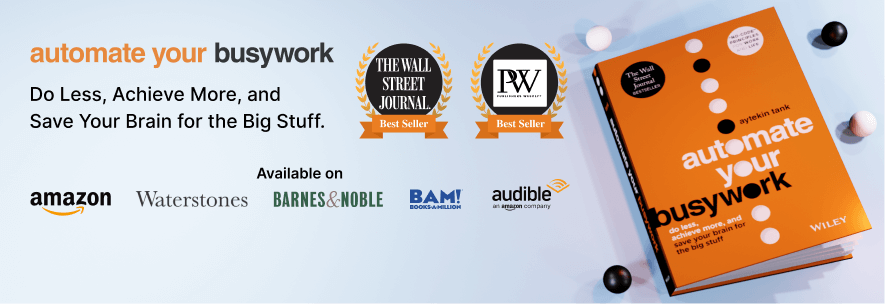

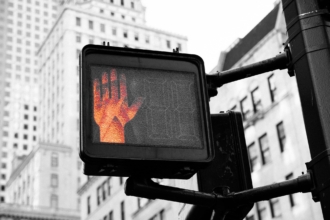





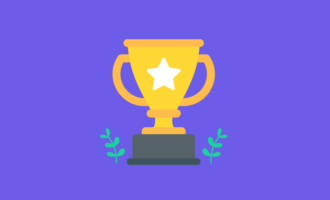
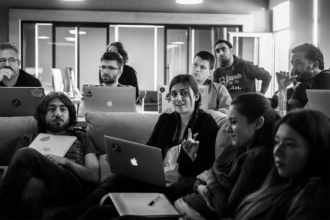

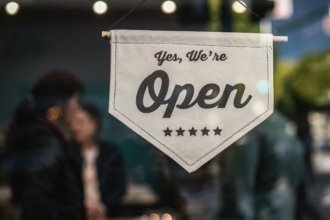
Send Comment:
2 Comments:
More than a year ago
Good information to read. This post is very effective and images also helping us to understand your point. Thank you share this.
More than a year ago
hi,good day very easy to keep in mind n super teach i'm very interested.